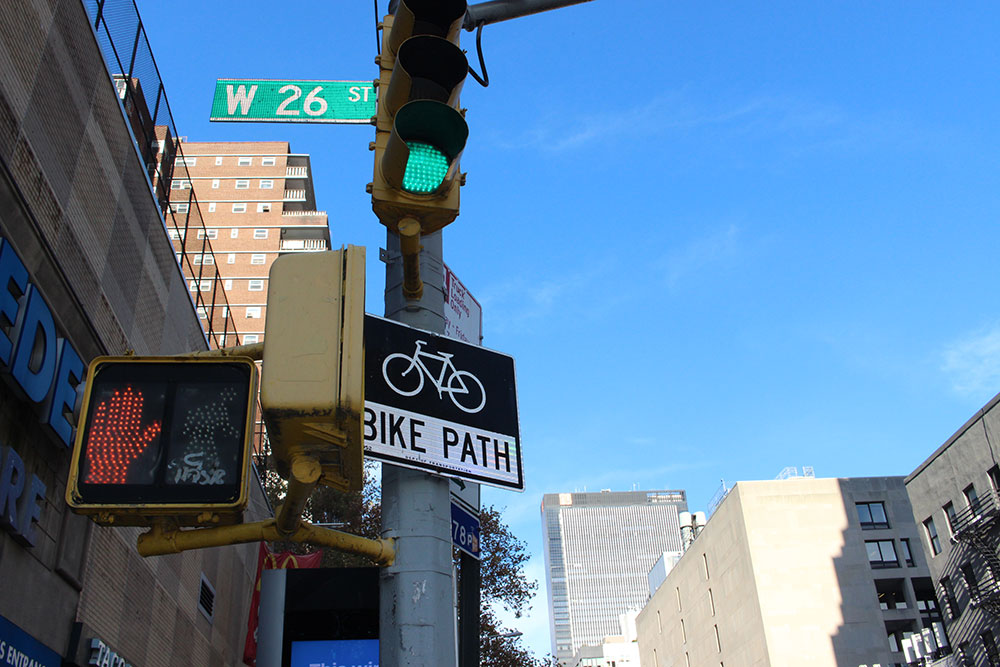Transportation in New York City is characterized by crowded subway cars, speedy yellow cabs, and the grid system which makes for an extremely walkable landscape. With the launch of Citi Bike in New York in 2013, people are saying goodbye to these classic means of transportation and have welcomed biking as an efficient way to navigate the city.
Since its inception, nearly 300,000 people have joined the membership service, which costs only $169 per year, while an unlimited monthly MetroCard will run you $121. There are many pros to this service and biking in general, such as its attractive price, decreased carbon foot print and health benefits. However, as more and more people choose to bike as their primary mode of transportation, combating cyclist fatalities is crucial.
In 2014, Mayor Bill de Blasio launched Vision Zero in New York City. This network “works to eliminate all traffic fatalities and severe injuries, while increasing safe, healthy, equitable mobility for all.” It also places responsibility on policy makers to anticipate potential accidents in city design.
Vision Zero was founded in Sweden and became the country’s official road policy in 1997. The strategy has worked tremendously considering that Sweden’s annual road death rate is 3 out of 100,000, while the United States’ is four times that.
Mayor de Blasio says one of his top priorities is to make city streets safer for all New Yorkers. In a letter on the Vision Zero website, de Blasio says, “We won’t accept this any longer. I make that pledge as a parent, and as your mayor.” With its Vision Zero program, the mayor’s office is working to reduce deaths and serious injury.








